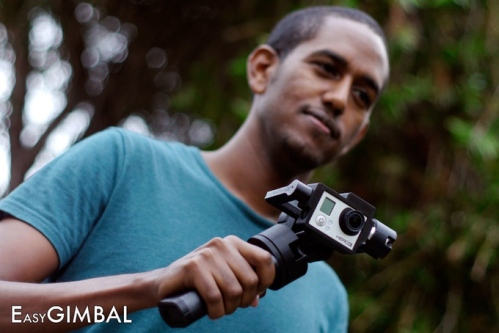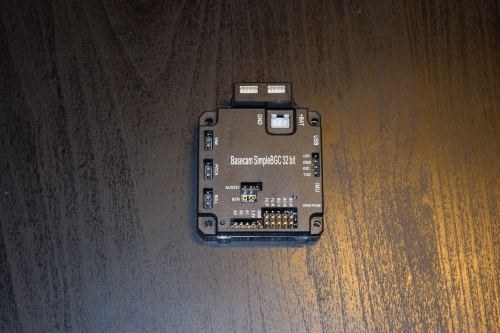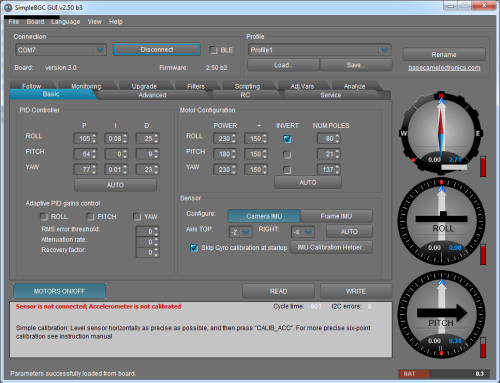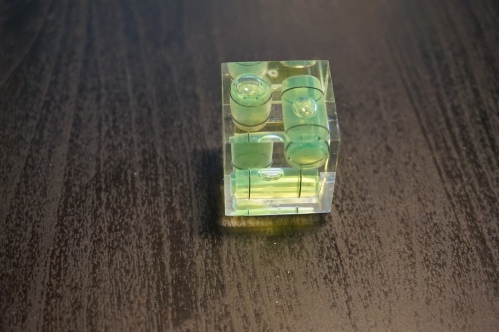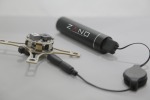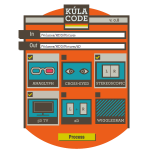Thanks to UAVs there is a growing potential for the provision of high quality visualizations of sites from the air for public consumption; whether as part of the requirement of many archaeology companies as charities, as part of planning policies to interact with the public, or the growing importance of crowdfunding archaeological excavations (DigVentures) which require interaction with their backers. UAVs can provide a means of providing this sort of imagery as part of an overall recording strategy. This includes the recording of site tours which can provide details of a sites which can easily be disseminated to the public.
At its simplest the UAV can provide an aerial element to the video of the site tour by flying past or through elements of the site or flying past or hovering in front of the site tour guide.
The DJI Inspire 1 is one such aerial video platform which can be purchased with two remote controllers; one for controlling the UAV, while the other is used to control the camera gimbal. This allows a pilot to fly the UAV on a set path while someone experienced in film making has complete control of the camera.
Although the UAV can provide an excellent platform for aerial video recording as part of site tours, recently developed technologies can make this much more automated and provide a means for one person to both:
- The site tour guide.
- The UAV pilot recording the site tour.
There are two ways in which this can be done.
1. GPS ‘Follow Me’ technology
This functionality is available on many UAVs, including some of the DJI series and those using the open source PX4 and Pixhawk autopilot technologies.
With the PX4/Pixhawk systems the mode can be controlled from a number of base station software solutions including Tower, which can run on Android mobile devices such as smartphones.
The systems uses the GPS of the mobile device as a target for the UAV.
A number of cinematic controls for the UAV are available in the app:
- Leash – UAV follows actor.
- Lead – UAV leads actor pointing back at them.
- Left/Right – UAV keeps pace with actor to the side.
- Circle – UAV circles actor at specified radius.
The following parameters can also be set:
- Altitude.
- Radius.
The system also controls the camera gimbal, pointing the camera towards the GPS enabled device.
Together these controls can provide various aerial video elements useful for integration in a site tour video which can be controlled directly from the mobile device in the hand of the site tour guide.
2.Computer vision technologies
Computer Vision technologies are an important developing area in robotics and are beginning to be fitted to UAVs.
Some of these technologies use image recognition algorithms to match the subject matter between consecutive video frames allowing the UAV to follow a person or object even when it is rotating and so changing the way it appears.
They come in three forms:
A. Software
Currently in beta testing the Vertical Studio app (available on iOS and Android) uses existing camera hardware on the DJI Phantom 3 or Inspire to provide the imagery for the image recognition algorithms running in the app. A target is chosen in the app which then controls the flight of the UAV.
You can also draw walls in the app that designate no fly areas for the UAV.
B. Add-on technology
The second is an add-on technology that is fitted to an existing UAV, which connects to the autopilot and controls the flight of the UAV. In the case of the Percepto (funded on the Indiegogo crowdfunding website) the processing is done in a companion computer while the video is taken from an add-on camera, controls are then sent to the autopilot and gimbal to control the movement of them in relation to the subject matter.
C. Integrated technology
The third is an an integral part a newly built UAV, but is in effect a very similar technology to B.
This is the case with the soon to be released DJI Phantom 4, which is the first commercially available UAV with the technology integrated into it.
- DJI Phantom 4 – Obstacle Avoidance
- DJI Phanton 4 – Vision Positioning
The app connects to a companion computer on the UAV which uses the imagery from the camera as a source for the computer vision algorithms. Once again the subject matter is selected in the app and the UAV will follow it.
Sources
https://3dr.com/kb/follow-instructions/
http://www.dji.com/product/phantom-4













